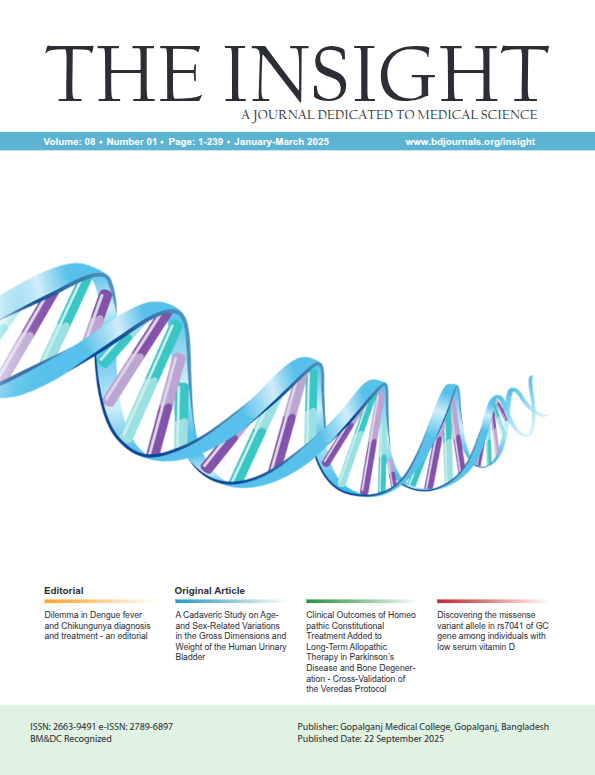Abstract
Background: Ear skin cancers present specific reconstructive challenges due to the ear's three-dimensional nature and functional requirements. The reconstructive technique significantly affects both oncologic and cosmetic outcomes. The objective of this study is to compare various reconstructive techniques following excision of skin cancer from the ear in terms of complications, function, and recurrence rate. Methods & Materials: This is a retrospective study of 80 patients who underwent surgical excision of histopathologically confirmed auricular skin malignancies and reconstruction. Patients were categorized based on the reconstructive techniques: primary closure, skin graft, local flap, regional flap, and composite graft. Complications at follow-up, oncological outcome, functional/cosmetic result by surgeon's assessment, and patient satisfaction by visual analogue scale were endpoints measured. Data were analyzed in SPSS (version 26) using descriptive statistics, chi-square tests for associations, and Kaplan–Meier with log-rank tests for recurrence-free survival across reconstruction techniques. Results: The most common malignancy was basal cell carcinoma (50%), followed by squamous cell carcinoma (40%) and melanoma (10%). Local flaps were employed most commonly (30%), and skin grafts and primary closure were used equally (25% each). Primary closure resulted in the fewest complications (10%) and the most cosmetic satisfaction (90%), and skin grafts resulted in more complications (40%) and poorer cosmetic outcomes (60%). Kaplan-Meier analysis identified substantially improved recurrence-free survival with primary closure and local flaps compared to graft-based methods (p < 0.001). Conclusion: Local flaps and primary closure are associated with improved aesthetic and oncologic outcomes and fewer complications compared with graft-based reconstruction techniques for auricular skin cancer defects.

This work is licensed under a Creative Commons Attribution 4.0 International License.
Copyright (c) 2025 The Insight





 PDF
PDF